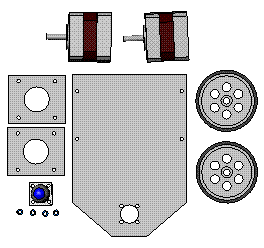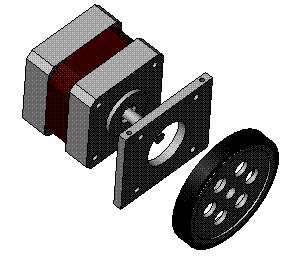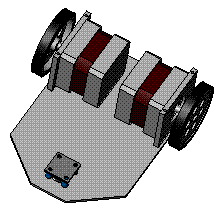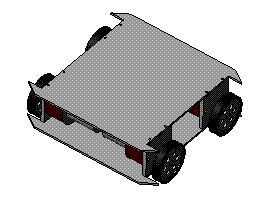loose particles and applies cleaner to soak up dirt
iRobot® Roomba® Scheduler Vacuuming Robot with Intelli-Bin™

Our new and sleeker looking vacuuming robotic offers you all the
features of Roomba Scheduler, plus the added benefit of Intelli-Bin.
Now enjoy maximum cleaning efficiency as Intelli-Bin tells you
exactly when to empty Roomba's bin. No more guesswork! System
includes filters, brushes, Cleaning Tool and 2 Scheduling Virtual
Walls.
STANDARD FEATURES - Dirt Detect
- Stair Avoidance System
- Surface Transitioning
- Bagless Debris Bin
SPECIFICATIONS Package Dimensions: 21.1”L x 16.9”W x 5.2”H
Package Weight: 11.55 lbs.
www.irobot.com















